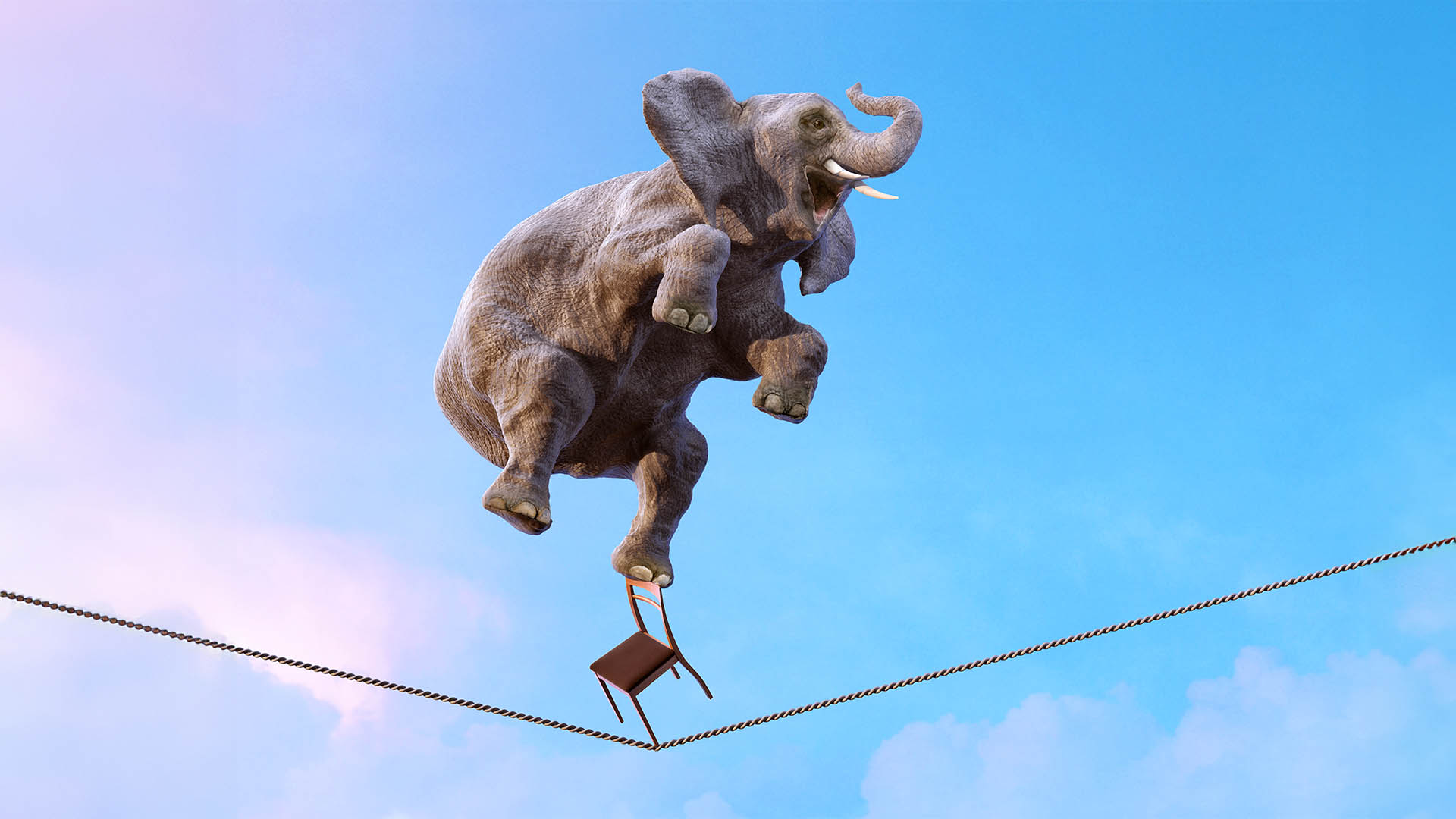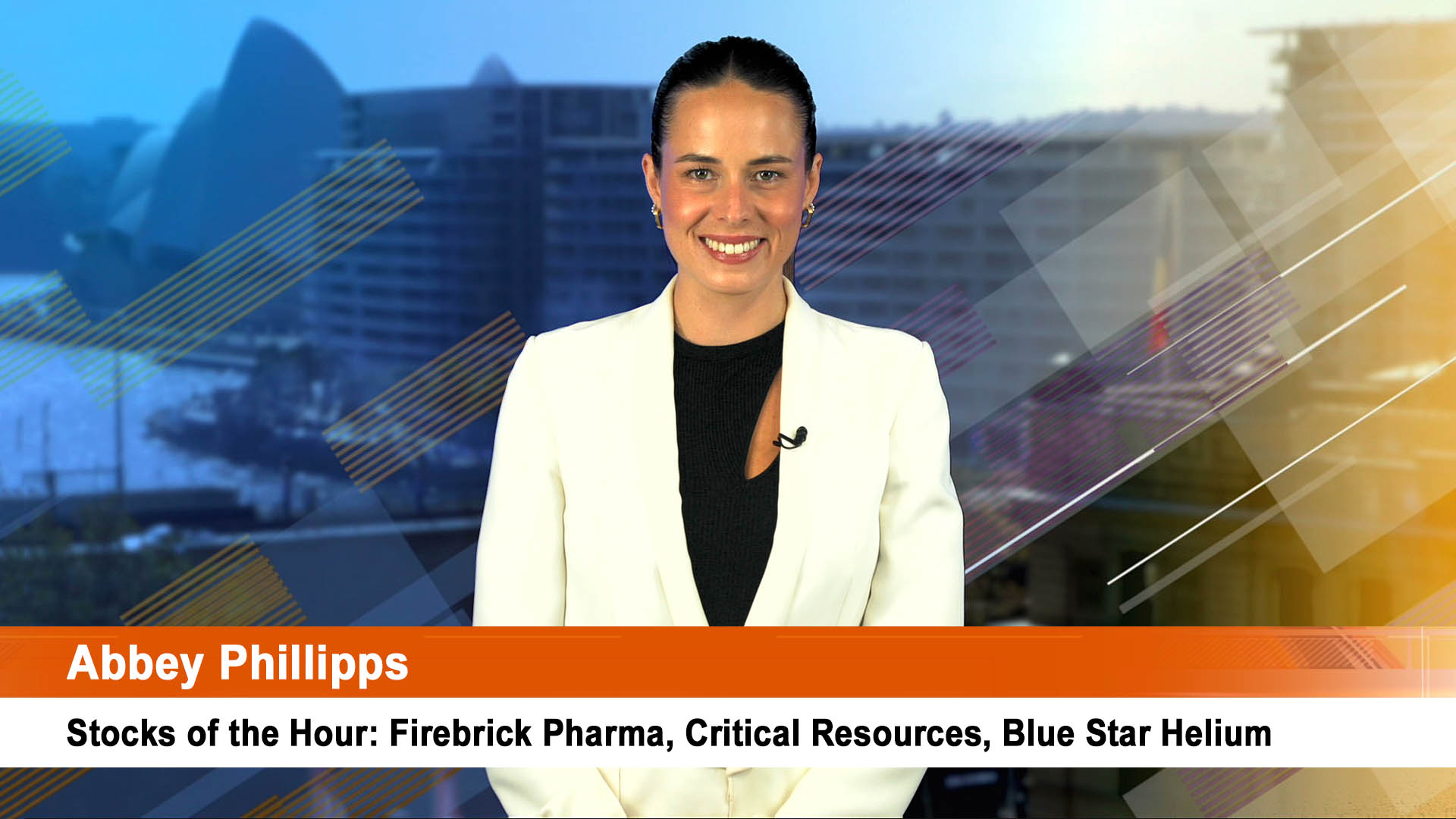Woolworths' shares yesterday recovered some of the losses incurred in the wake of the early release of the 2007 sales figures and earnings guidance on Tuesday.
After shedding around $1.4 billion in market value, investors looked again and concluded there had been an overreaction.
The shares dropped $1.22 over Tuesday and Wednesday in a down market, but recovered 29c yesterday to end at $28.12.
It is still down around $1 billion in market capitalisation from before Tuesday's announcement, an expensive lesson.
Coles shares eased 5c to $15.09, Wesfarmers' shares rose 40c to $41.
Analyst reaction is still enthusiastic but for the second year in a row it seems as though Woolies has given up earnings, especially in supermarkets, to the cost of training and other non-recoverable items.
But analysts are very confident on the whole, that WOW can clock up another strong year in 2008.
Maybe not a 25 to 27 per cent rise in earnings and a 12 per cent rise in sales like in 2007, but estimates of another 20 per centgain in earnings have been confidently bandied about.
Woolies management wants to try and keep in the Coles Group takeover game, looking for a chance to snaffle a business or two, while it also continues to try and press its case across the Tasman for The Warehouse.
But some smarter investors are wondering if there are other areas Woolies could enter.
Earnings this year will be around $1.3 billion, next year they could be close to $1.6 billion if there's a 20 per cent lift.
The company will soon be generating lots of cash, if there's no takeovers or big billion dollar deals here or in New Zealand.
The projects to revamp its warehouse/distribution and store logistics are coming to an end, meaning a sharp fall in the previous high levels of capital spending.
That will make more money available for expansion, or for shareholders.
The expansion by takeover in New Zealand and by picking up bits of Coles might happen, but they equally might not.
The Warehouse will be very problematic and failure wouldsee the company an equal player in the small retail market across the Tasman. No market dominance like here in Australia.
Woolies can handle bigger debt loads, so a large capital management program could be on the cards for shareholders if nothing pans out. There have been a couple of buybacks over the last six years.
Or it can look to some of its overseas models for inspiration, as it no doubt already has.
There are several areas that look interesting and would enable the company to maintain and build on its existing dominance of Coles.
It has made an interesting but low key entry into India via providing wholesaling and purchasing to Dick Smith style stores being developed by the giant Tata group. The chain will be called Infiniti. That isa long term project.
Tesco, one of Woolies' role models in world retailing, is creating a fuss in Britain by getting into property via the internet while another role model, Wall-Mart of the US, has been moving deeper into selling generic medicines and offering GP-style medical centres at more and more of its Supercentres.
Obviously Woolies can't offer generic drugs or medical services, or could it?
Selling generic drugsdirectly through Big W or Supermarkets is out because the Pharmacy Guild and the Federal Government have rejected attempts by Woolies to start in-store pharmacies.
But Coles owns an internet-based pharmacy business based in Sydney called Pharmacy Direct and there's a big independent net pharmacy operation in Queensland called ePharmacy that's associated with Chemists Warehouse and sells around $200 million or more of products a year.
Pharmacy Direct would be doing between $50 to $60 million a year. Coles paid $48 million for it in March 2006 when it was doing $44 million worth of business annually.
That $48 million was in Coles shares. If the owners held the Coles shares, they would be up for a significant improvement in returns from the Wesfarmers' offer.
But there could be another way. The Australian pharmacy and associated distribution business is being rationalised. Healthscope and Symbion are trying to merge.
There will be some distribution businesses that could become available at the rival Australian Pharmaceutical Industries, which has seen its share price weaken in the past couple of weeks to just over $2 as suggestions of another offer from Sigma Pharmaceuticals have died away.
Sigma itself could be a candidate for rationslisation because its share price is weak after a surprise profit downgrade a fortnight ago that left the company's reputation a bit tattered.
If Woolworths was of a mind to it, it could nab one of these and create an instant pharmacy retailing and distribution operation overnight.
The API or SIP pharmacies could be kept and everything else sold. WOW does not want to be a packager of drugs or a manufacturer of generics or somepharmaceuticals as SIP and API are.
The healthcare wholesaling and distribution units are in need of rationalising.
Woolies couldsell those units to interested wholesalers and distributorswho aim for consolidation of their channels. Thus Woolies retains theretail units and creates an instant retailing chain, which would give them a bigger reach than operating in store pharmacies.
Woolies has long wanted Officeworks at Coles. That in itself is interesting because Woolies missed the boat in this sector and has been trying to catch up since the late 1990s without too many new ideas of its own.
It also missed the boat when Corporate Express was being shuffled around a couple of years ago. It's a different stationery and office supplies group to Officeworks.Officeworks is broader, more retail focused.
Corporate Express concentrates on corporates. Its













